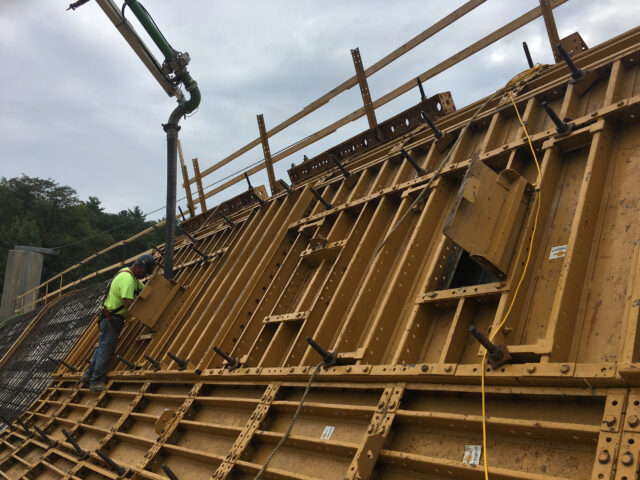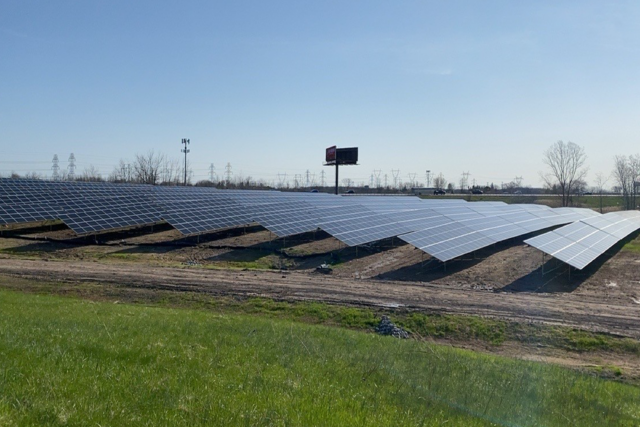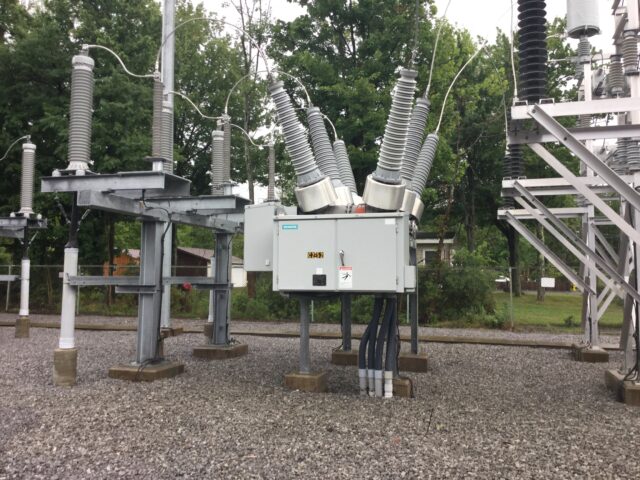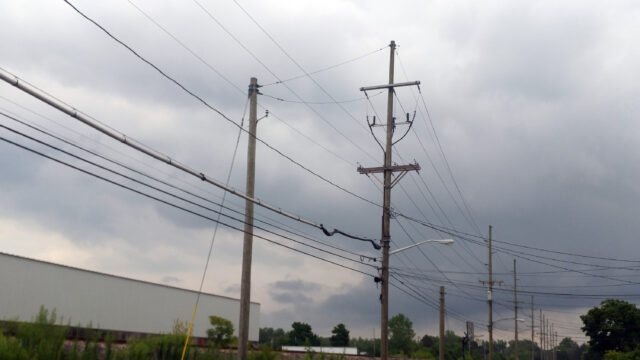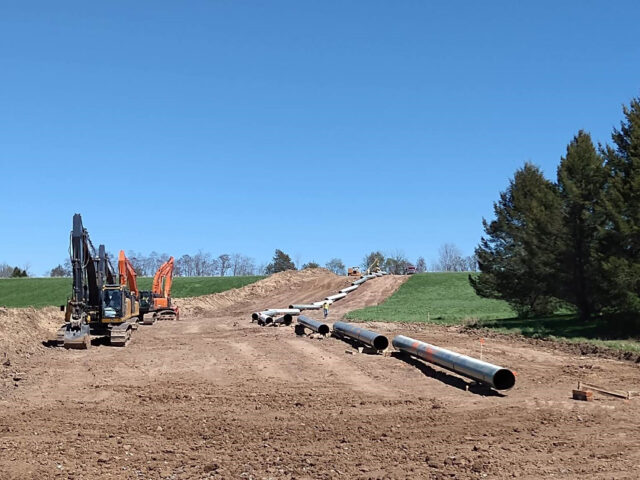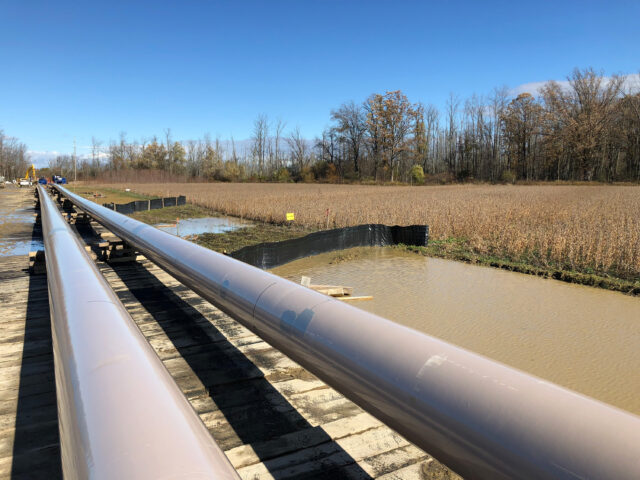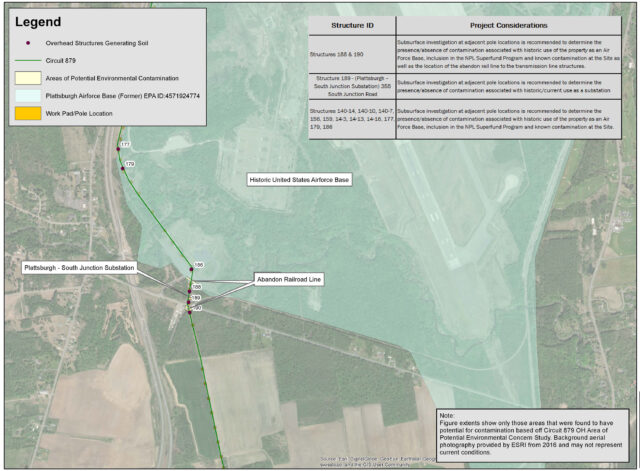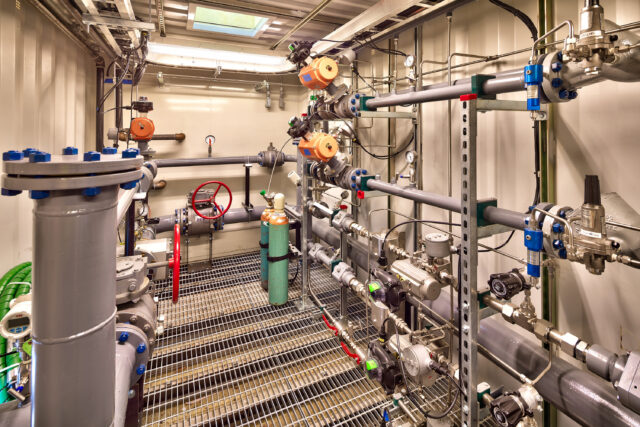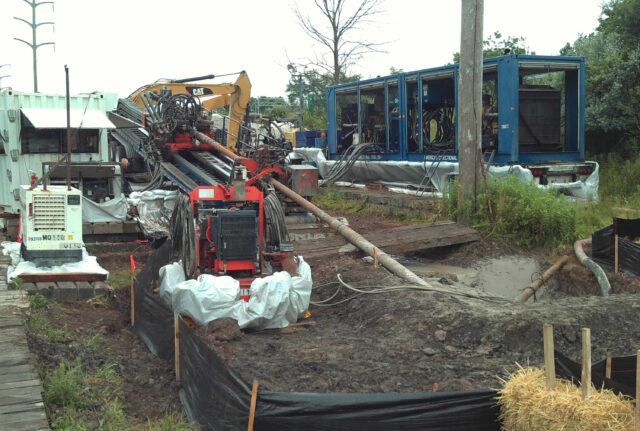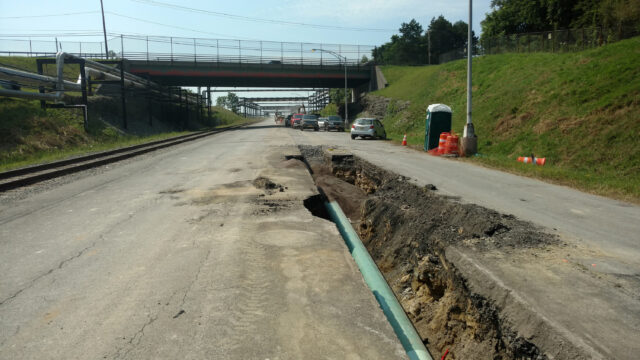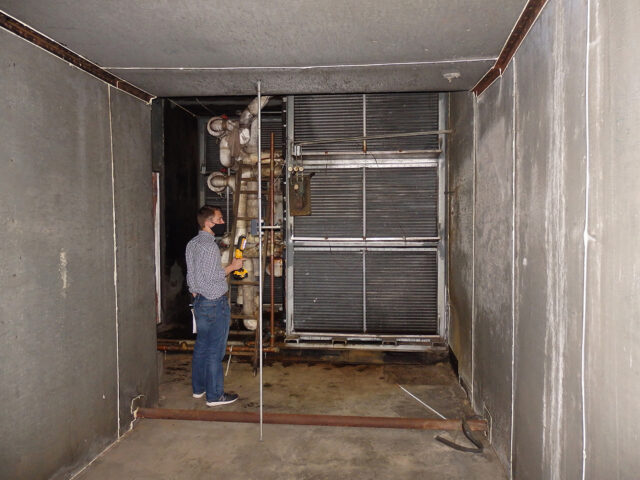
FlexTech Indoor Air Quality Study for Eight Sites Across New York
Building Air Quality Improvement Recommendations in Response to the COVID-19 Pandemic
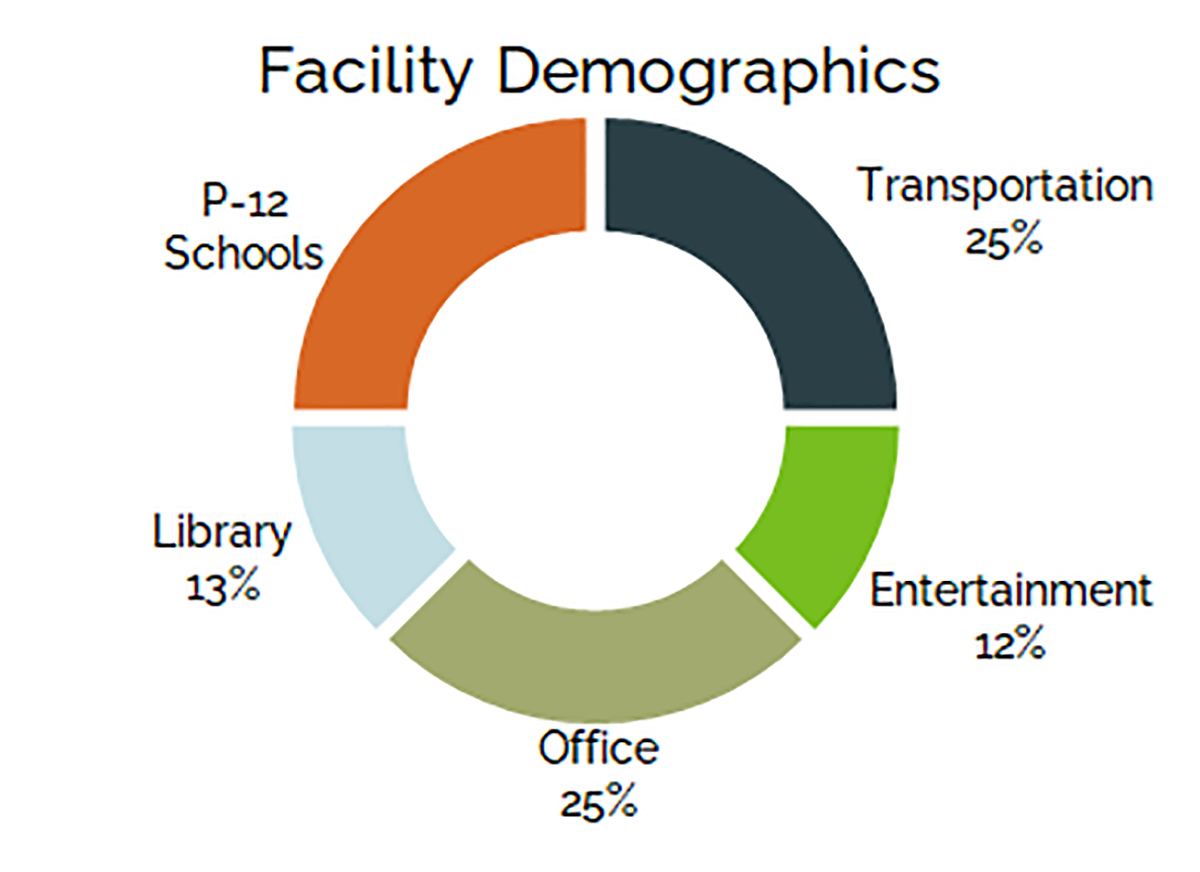 In response to the COVID-19 pandemic, LaBella has partnered with NYSERDA to perform a series of indoor air quality studies for 8 different sites across New York State. The purpose of these studies is to compile current industry guidance with regards to the COVID-19 pandemic in order to develop site-specific recommendations for actionable indoor air quality measures. Each of the recommendations presented in the study aims to mitigate the transmission of pathogens through the building systems, as well as identify safe methods of incorporating energy conservation measures to the building’s operation.
In response to the COVID-19 pandemic, LaBella has partnered with NYSERDA to perform a series of indoor air quality studies for 8 different sites across New York State. The purpose of these studies is to compile current industry guidance with regards to the COVID-19 pandemic in order to develop site-specific recommendations for actionable indoor air quality measures. Each of the recommendations presented in the study aims to mitigate the transmission of pathogens through the building systems, as well as identify safe methods of incorporating energy conservation measures to the building’s operation.
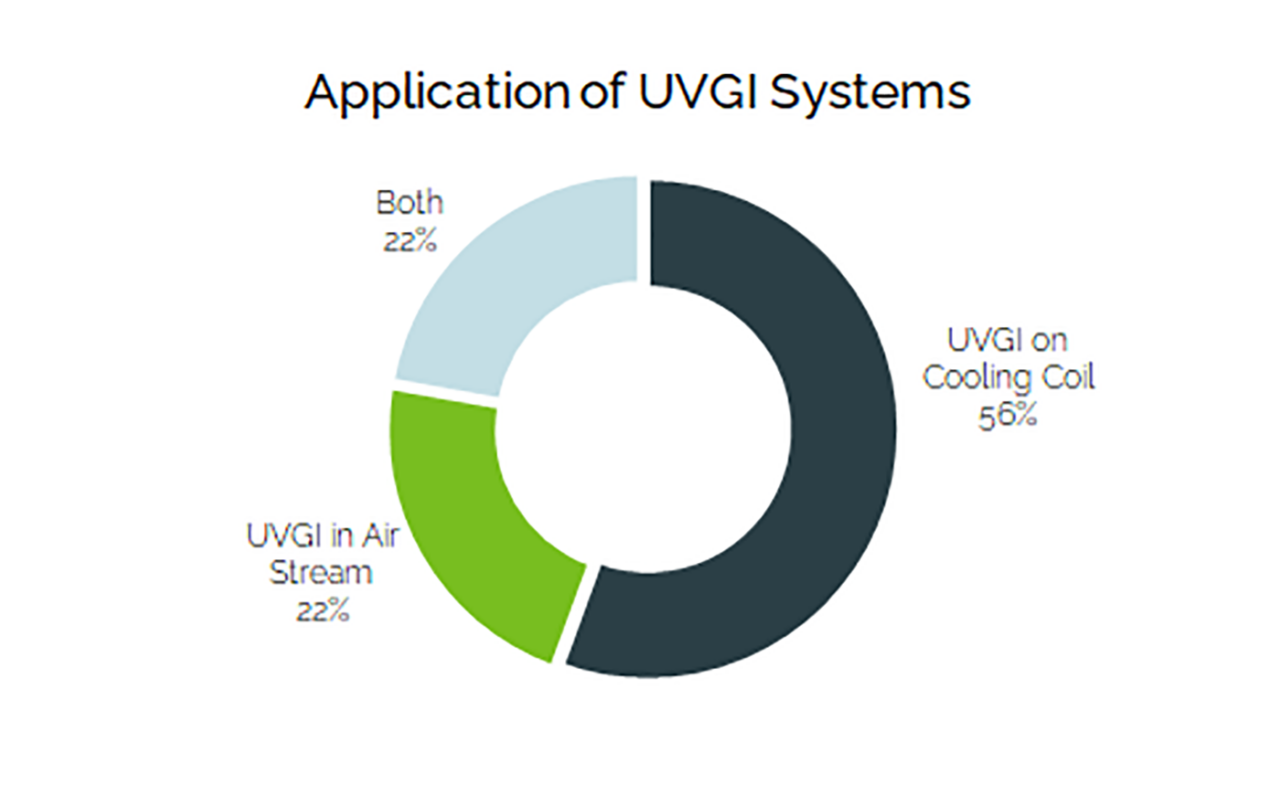 The scope of these studies includes review of current industry guidance and third-party verification studies, functional testing of the building’s HVAC systems, engineering calculations to determine feasibility and energy impacts of proposed measures, and coordination with vendors on their feasibility and economic impact.
The scope of these studies includes review of current industry guidance and third-party verification studies, functional testing of the building’s HVAC systems, engineering calculations to determine feasibility and energy impacts of proposed measures, and coordination with vendors on their feasibility and economic impact.
Based on the current industry guidance, the most common recommendations were to increase outdoor air ventilation as much as the building systems permit, increase air filtration efficiencies to MERV-13 or higher, incorporate ultraviolet germicidal irradiation (UVGI) inside air handling units as well as in the air stream, redirection of airflow patterns in spaces, and pre/post-occupancy air purges.
Building space types included in study recommendations:
- Classrooms
- Stadium/Arena
- Airport Terminal
- Public Assembly
- Transportation
- Office Space
- Warehouse/Storage
- Library
- Restaurant/Food Court
The recommendations for the studies included upgrading filtration levels to MERV-13 or higher rates as much as the system will permit, humidity control, pre/post- occupancy purges, incorporation of ultraviolet germicidal irradiation, and modifications to building airflow and space pressurizations to reduce cross contamination. The effectiveness of each measure was calculated to determine the relative safety of the different recommended packages of recommendations.
